How to Identify Respiratory Problems Early
How to Identify Respiratory Problems Early
Respiratory health is absolutely vital for racing pigeons. Their performance, stamina, and even survival in races depend on how efficiently their respiratory system functions. But here’s the catch: pigeons are masters of disguise when it comes to illness. By the time a bird shows obvious symptoms, it’s often already unfit for competition. That’s why identifying respiratory problems before the racing season begins is crucial.
This guide walks you through why early detection matters, what signs to look for, and how to set up an effective health screening routine that protects your loft’s performance potential.
Why Respiratory Health Matters in Racing Pigeons
Racing pigeons rely heavily on a finely tuned respiratory system. Efficient breathing delivers oxygen to muscles, flushes out carbon dioxide, and supports endurance and recovery. When a respiratory infection sets in, even mildly, it disrupts this entire cycle.
Subclinical infections – those without visible symptoms – can reduce energy levels, increase fatigue, and impair navigation. If left unchecked, these issues cause:
- Slower race times
- Higher dropout rates during flight
- Delayed recovery after races
- Risk of spreading illness to healthy loft mates
In short, overlooking early respiratory issues is a recipe for poor race readiness.
Why Pigeons Hide Illness: Survival Instincts
In nature, showing weakness makes a bird vulnerable. Even domesticated pigeons instinctively hide signs of illness. This can make early identification tricky, especially during the pre-season when performance hasn’t been tested yet.
That’s why pigeon fanciers need to be proactive. You can’t rely on waiting for symptoms. Instead, you need a pre-season health protocol that looks for subtle signs, runs diagnostic tests, and uses preventative treatments.
Key Respiratory Diseases in Pigeons
Before diving into detection methods, it’s important to understand the common culprits:
- Mycoplasma gallisepticum: Causes chronic respiratory disease with nasal discharge and coughing.
- Chlamydia psittaci (Ornithosis): Leads to watery eyes, inflamed sinuses, and fatigue.
- Trichomonas gallinae (Canker): Affects the throat and can block airflow.
- Aspergillosis: A fungal infection that thrives in damp loft conditions.
- Air Sac Mites: Tiny parasites that obstruct breathing and reduce oxygen intake.
Each of these infections can remain low-level or hidden for weeks. Pigeons might look fine, but perform poorly.
Pre-Season Checklist: Catching Problems Early
Here’s a step-by-step guide to identifying respiratory issues before the first race.
1. Observe Your Birds Closely
Start with simple, consistent observations. Watch for:
- Slight tail bobbing while breathing
- Occasional sneezing or head shaking
- Wheezing or rattling sounds when quiet
- Mild swelling around the eyes
- Birds staying back or puffed up on the perch
These small changes can indicate the beginning of a larger respiratory issue.
2. Check Weight and Muscle Tone
Weigh your pigeons weekly during the off-season. Unexplained weight loss or poor muscle condition may be a subtle sign of chronic infection. Healthy pigeons should feel firm and muscular along the breastbone.
3. Use Fluorescent Light Testing
In a dark room, use a UV flashlight to inspect the throat and nares. Fluorescent mucus can indicate the presence of bacterial or fungal infections.
4. Listen to Breathing at Night
Pigeons breathe more quietly when roosting. This is a great time to listen for any unusual sounds, including:
- Clicking
- Gurgling
- Whistling
If you hear anything beyond normal soft breathing, it’s worth investigating.
5. **Run a Pre-Season Respiratory Panel**
Work with an avian veterinarian or lab that offers respiratory panels. These typically include:
- Mycoplasma PCR
- Chlamydia PCR
- Trichomonas test (crop swab)
- Fungal culture (especially if the loft has high humidity)
- Antibiotic sensitivity test (if a pathogen is found)
These tests can detect infections before symptoms appear. Getting results a few weeks ahead of the season gives you time to treat without disrupting training.
6. Quarantine and Check New Birds
Never introduce new birds without isolating and testing them. Quarantine for at least 21 days, and run the same respiratory panel before mixing them with your main loft.
Effective Treatment Strategies for Detected Issues
If a test comes back positive or you spot suspicious symptoms, treat promptly:
- Mycoplasma/Chlamydia: Use antibiotics like doxycycline or tylosin under vet guidance.
- Trichomonas: Treat with antiprotozoals such as ronidazole or metronidazole.
- Aspergillosis: Requires antifungals like itraconazole; also improve ventilation.
- Air Sac Mites: Ivermectin-based drops or spot-on treatments work effectively.
Remember, incorrect treatment can lead to resistance or relapse. That’s why diagnostic testing is better than blind medicating.
Boosting Immune Health Pre-Season
Treating infections is only half the battle. A strong immune system prevents re-infection and improves race performance. Support your birds with:
- Multivitamins and minerals, especially Vitamin A, E, and Zinc
- Probiotics to restore gut flora after antibiotics
- Respiratory support supplements with natural oils (e.g., eucalyptus, oregano)
- Loft hygiene: Clean perches and trays weekly, and disinfect with avian-safe products
- Proper ventilation: Reduce ammonia and dust with extractor fans or mesh windows
Pre-Season Respiratory Health Protocol
Here’s a sample 4-week plan to get your pigeons race-ready:
Week 1:
- Begin weight tracking
- Conduct throat checks and nighttime breathing observations
Week 2:
- Run respiratory panel tests
- Continue monitoring and isolate any suspicious birds
Week 3:
- Begin any prescribed treatments if needed
- Start immune boosters and probiotics
Week 4:
- Retest if necessary
- Begin light training sessions
- Monitor breathing after exercise
This routine helps you catch problems early, fix them fast, and build a foundation of health that lasts all season.
Final Thoughts: Don’t Let Hidden Illness Derail the Season
Racing pigeons need clear lungs to soar. Hidden respiratory infections are one of the most common causes of underperformance and race losses. By identifying potential problems before the season kicks off, you set your birds up for success.
Use the off-season wisely. Observe your birds closely. Run diagnostic tests. Treat precisely. And give your flock every advantage to dominate the skies.


